
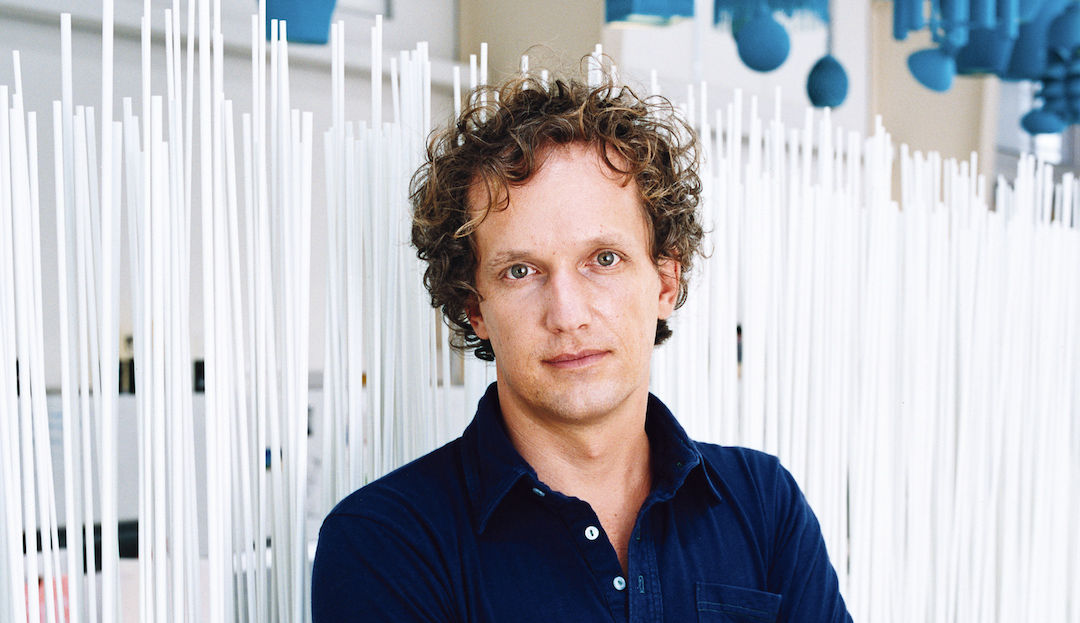
As a society, and perhaps to a larger extent as a culture, we desperately need to reassess our approach to waste, sustainability and our environment. How efficiently we use what little resources we have left could, without wanting to sound too melodramatic, be the difference between the survival or death of our way of life. Perhaps at the heart of this dilemma is our reluctance to give up the material things we’ve grown so accustomed to. Despite the simple fact that we are plainly running out of the materials needed to keep making them. In short, we need to find better ways to do more with less. And it is the desire to solve this predicament that fuels the acclaimed Swedish-born designer, Yves Béhar.
“We need to design for the future,” he tells us. “And that means we need to design with notions of intelligence, and the digitalisation of the world; of the reduction of materials; of the reduction of energy and the efficiencies that exist.”
This is a simple enough ethos to understand, and evidence of Yves putting his ethics into practice can be found in every product he has designed. There’s his Clever Little Bag project for Puma, which replaced their traditional shoebox with a bag-like alternative that not only reduced the brand’s cardboard consumption by 65% but also decreased its carbon dioxide output by 10,000 tonnes. And of course PACT, his organic underwear company that is not only shipped in 100% compostable packaging, but also donates 10% of its profits to various eco-charities. It’s evident, then, that both his brain and his work are defined by an indefatigable disposition to do good.
What’s particularly interesting, though, is that this ethos of simplification and minimalisation goes well beyond the physical design of products and extends also into the brand image itself. His recent work redesigning Nivea’s product line, for example, not only reduced the amount of plastic the skincare brand used by 15%, but also streamlined their branding as a whole.
It is this successful juggling of the needs of brands to stay relevant, interesting and appealing together with the ethical implication of our dwindling resources that sets Yves Béhar, and, by extension, his design and branding firm Fuseproject, apart from most of its peers. He’s a steadfast believer in the idea that smart, thoughtful design can solve most problems. “Good design for me accelerates the adoption of new ideas, and I’m interested on working on new ideas. And sustainability is an idea that deserves better design,” he says.
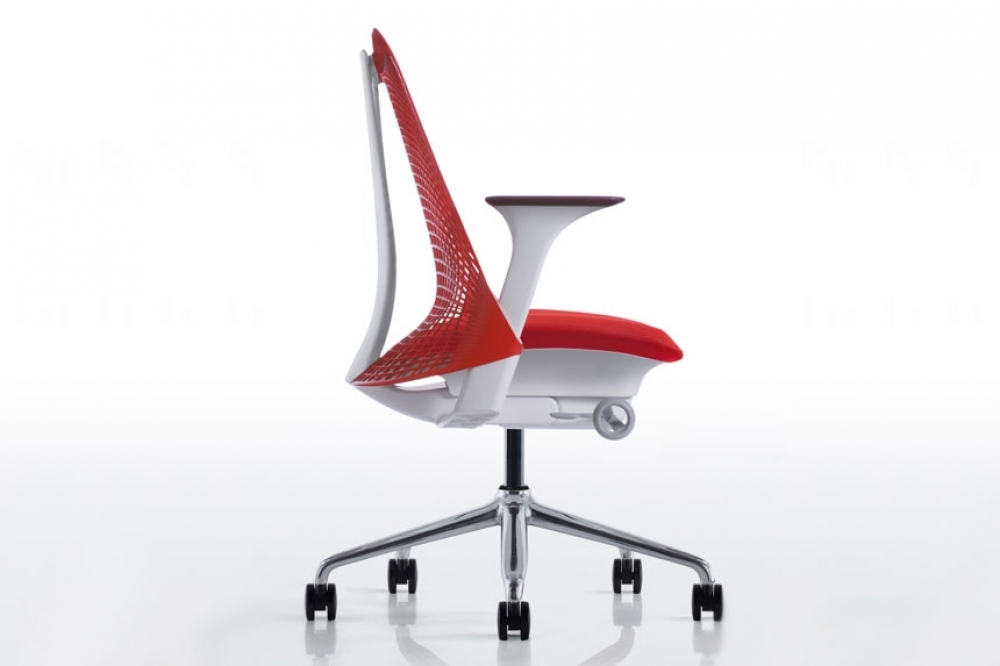
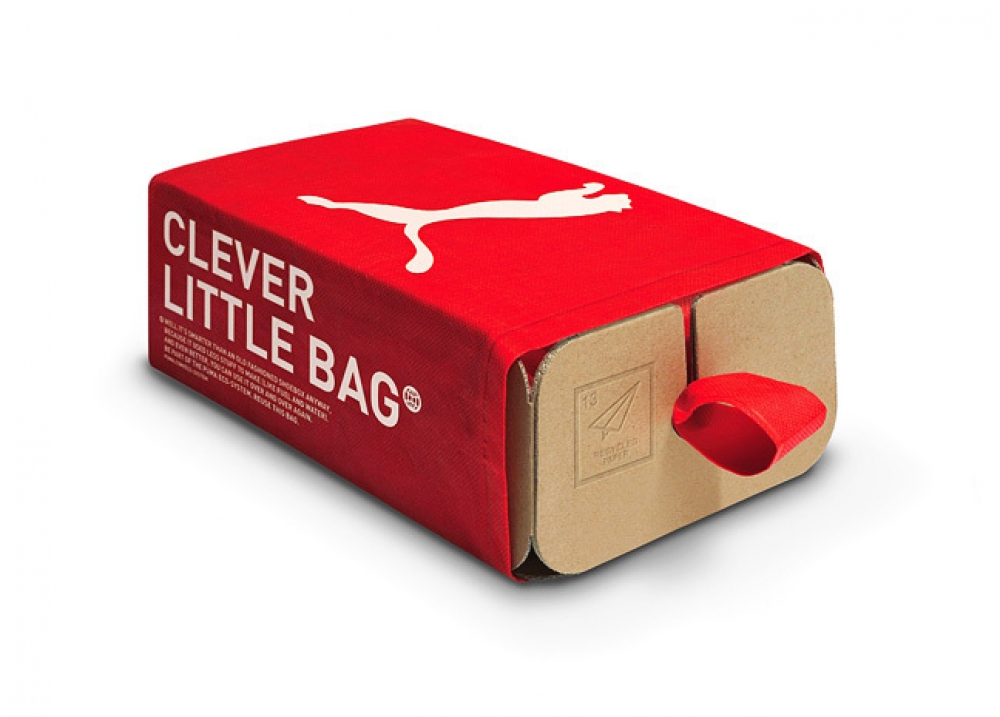
We need to design for the future. And that means we need to design with notions of intelligence and the digitalisation of the world; of the reduction of materials; of the reduction of energy.
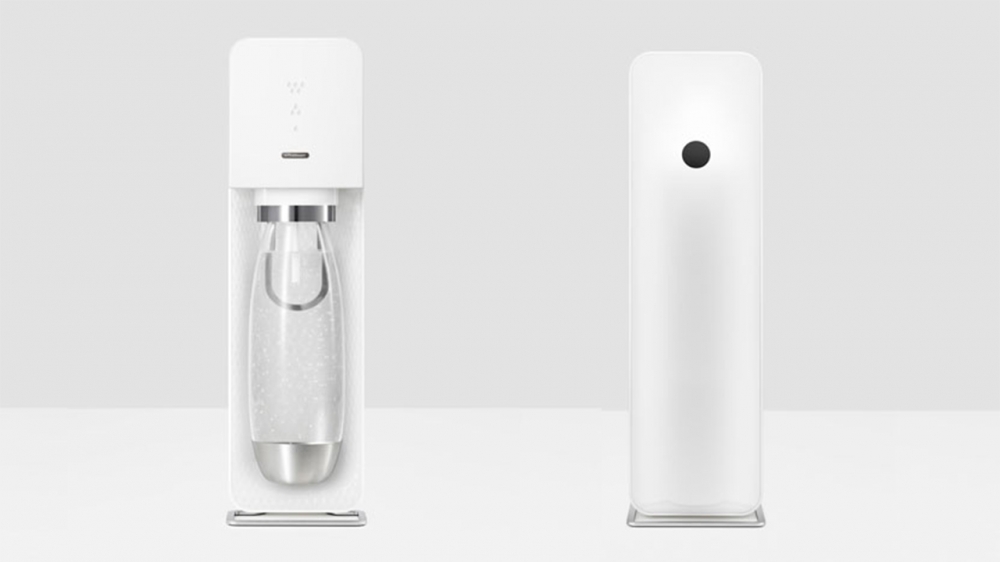
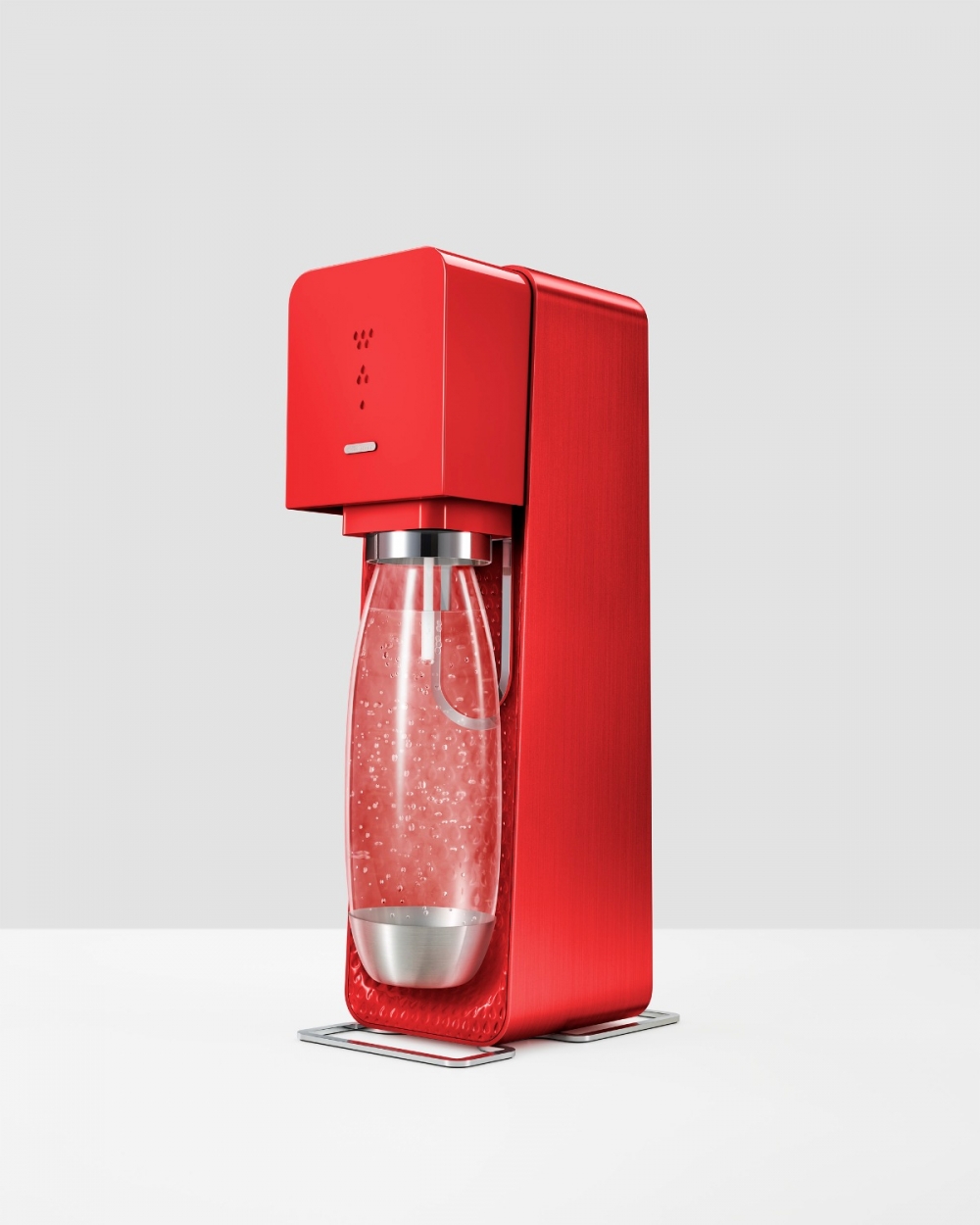
However, simply reducing the carbon footprint of global brands isn’t his only ethical party trick. Fuseproject collaborated with the non-profit organisation, ‘One Laptop per Child’, an initiative aiming to provide children in the poorest parts of the world with an internet-connected laptop and thereby access to an education that may have previously been impossible for them. Obviously design was at the heart of this project. To build a computer that could function effectively in the Third world was no small task. Durability, ease of use and power efficiency were just some of the factors Yves and his team had to take into account. All of which ultimately helped build the charity’s public image as a viable solution to a seemingly insurmountable problem. “I like it when design becomes the glue between different parts of a story,” is how he puts it.
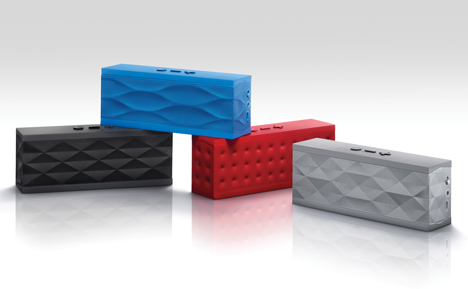
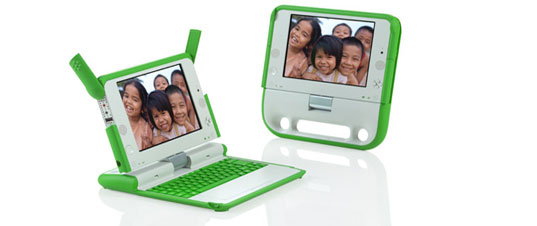
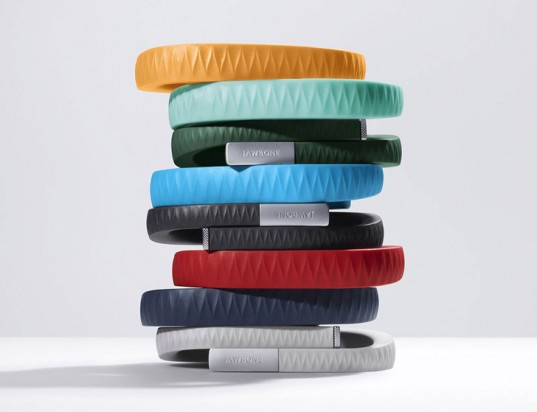
But an intelligently frugal approach to design seems to have value beyond the ethical aspects that define much of his work. Béhar is keen to apply his “reduce and refine” philosophy to projects that don’t necessarily have any obvious ethical implications. His work with crystal giant Swarovski is a prime example. Here, his philosophy manifested itself in Béhar’s distillation of the appeal of Swarovski’s products: “I thought what people are really looking for is this magic effect that this crystal has: that it takes light and bends and distorts it. And I just wanted to reduce it all down to that. That is what people are looking for. And I thought: can I do this with one single crystal?” The eventual design succeeded in creating a sparkling, rainbow effect by utilising an LED in place of multiple crystals.
Yves Béhar’s success both as a designer and as an outspoken advocate for responsible design is reassuring. If his philosophy of environmentally conscious output was adopted at a more universal level then perhaps we could start being more optimistic about our shared future. His lesson isn’t even a complicated one. “We need to deliver successful enterprises and successful products,” he says. “But we need to do it do it in a way that will create the winners of the future.” Or, when he ‘reduces and refines’ his own ideology, the lesson is even simpler: “Sometimes it’s the most humble designs that make the biggest difference.”
Photo source: Fuse Project, Portrait: Fast Company
http://www.fuseproject.com/
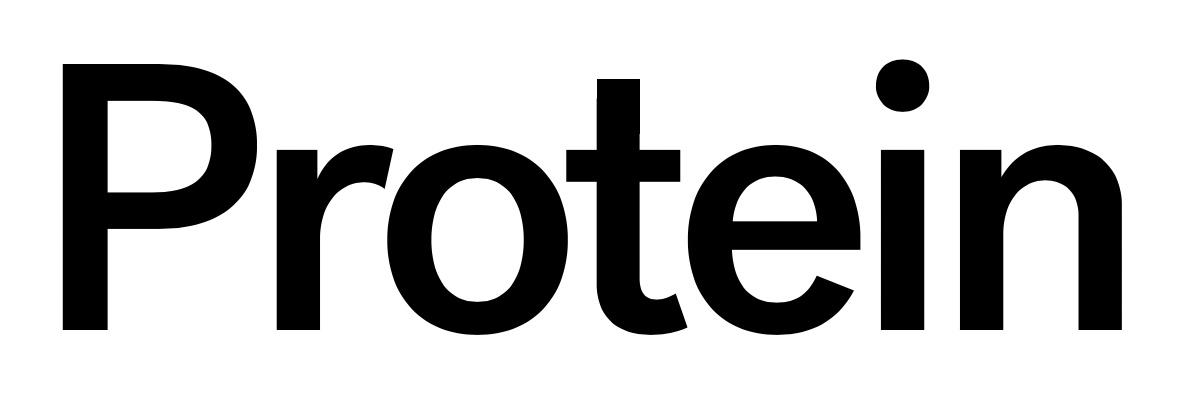

Discussion